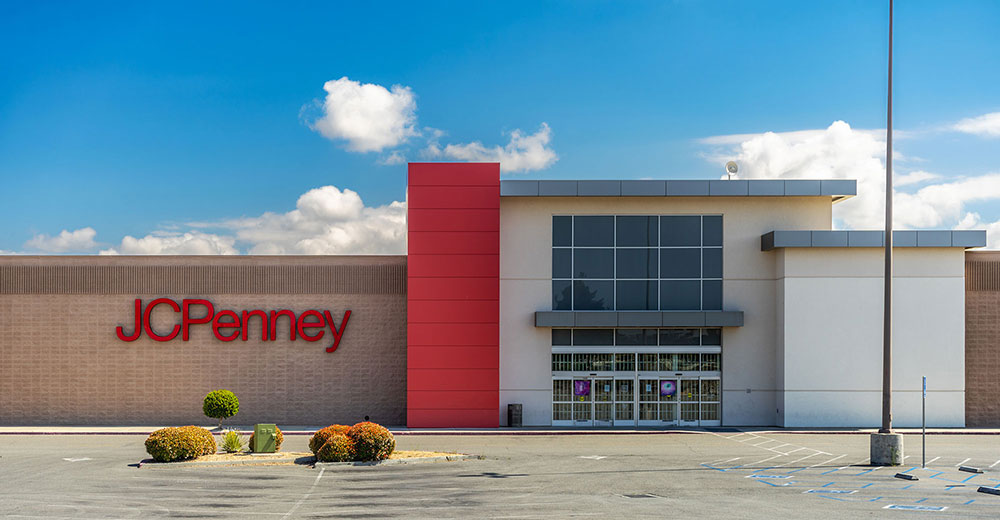Amazon is huddling with the largest mall owner in the United States to turn anchor stores into fulfillment centers.
The deal with Simons Property Group would give Amazon access to space formerly occupied by Sears and J.C. Penney, both of which have filed for bankruptcy, the Wall Street Journal has reported.
If Amazon can close the deal, it would give the company access to some valuable geography that it ordinarily wouldn’t have access to. “It’s difficult to get warehouses in suburban areas,” observed Gene Munster, co-founder of Loup Ventures, a venture capital firm in Minneapolis.
“There’s also the potential for adding, eventually, a brick-and-mortar experience,” he told the E-Commerce Times.
In-Person Shopping Not Dead Yet
Consumers want a brick-and-mortar experience when they can’t wait to buy something, or they need to touch it before they buy it.
“There’s still a use case for humans wanting something immediately, where a delivery person can’t get it to them,” Munster said.
“Amazon’s biggest opportunity in the next decade is to advance into brick and mortar,” he maintained. “It sounds counterintuitive, but it isn’t because in the next 10 years, we believe that 40 to 50 percent of total commerce will be brick and mortar.”
Chelsea Gross, director for digital performance benchmarks at Gartner, explained that Amazon has continued to increase its physical presence over the years.
“It may surprise some to know that they have multiple stores in a number of cities,” she told the E-Commerce Times, “but I am surprised that they are considering to build out, especially when e-commerce revenue has increased substantially.”
Longest Last Mile
Amazon could be eyeing former anchor stores in malls as a way to take advantage of contemporary brick-and-mortar trends. In recent times, big flagship stores and small experience stores have proven to be the most successful.
“Amazon has made its way into some of the smaller experience stores with its convenience stores and books and media stores, so it makes sense to move into a larger format that builds on what they’ve done with Whole Foods,” Gross said, “but it’s also possible that they’ll just use these space to operate last mile fulfillment better.”
The last mile of delivery has been the most difficult for Amazon, noted Patrick Gourley, an assistant professor at the Pompea College of Business at the University of New Haven.
“Amazon gets packages to the nearest fulfillment center, and then FedEx, UPS, or USPS delivers it in the last mile,” he explained.
“If it wants more fulfillment centers to bring some of that delivery in-house, it could be useful to take up space in a mall,” he continued. “They’re in residential areas, and they’re the only buildings with large amounts of empty square footage in those areas.”
“They’ve dipped their toe in retail,” he added, “but I don’t know if there’s going to be an Amazon store near you any time soon.”
Touch and Immediacy
Amazon could use the mall space for multiple purposes, noted Charles King, the principal analyst at Pund-IT.
“The company could use a portion of those spaces for local pickup or, eventually, repurpose them into retail outlets,” he told the E-Commerce Times. “I’m sure Amazon is considering other options, as well.”
Mark William Lewis, CEO of Netalico Commerce, an e-commerce development agency based in Raleigh, N.C., acknowledged that it might seem like an odd choice for Amazon to move more into the brick-and-mortar business in the age of COVID when e-commerce is booming.
“But it’s been plotting this for years in advance since they purchased Whole Foods,” he told the E-Commerce Times. “COVID likely means they can get retail space for quite a discount.”
“One of the advantages physical retail space has over e-commerce is discovery,” he explained. “You might go into a store for one thing, but then see something while you’re there and come out with a shopping cart full of other things that you didn’t even know existed.”
“E-commerce stores try to do this through things like recommended products,” he continued, “but there’s only so much cross-selling they can get in your face before you leave the website.”
Another advantage is that many products, like clothing, benefit greatly from being able to touch, feel, and try on before you buy, he added.
“Then some people just need something immediately,” he said. “As fast as Amazon has gotten with delivery, sometimes you want to walk in a store and come out with your product.”
No Mall Savior
If mall tenants are hoping Amazon will change their fortunes, that prospect isn’t likely in the short term.
“I believe the primary drivers for Amazon’s interest are the number of properties, their proximity to urban and suburban customers, and the ‘distressed’ owners looking for a way out,” King said.
“Amazon is one of few companies I can think of that has both the interest and the means of making deals of this size,” he added.
Lewis, too, sees Amazon lured to a deal by cheap space.
“I can see them taking advantage of this for a combination of retail warehouses and fulfillment centers,” he said. “They may get some potential foot traffic from the mall, but they’re also getting prime fulfillment locations in the heart of many metropolitan areas.”
























































Social Media
See all Social Media